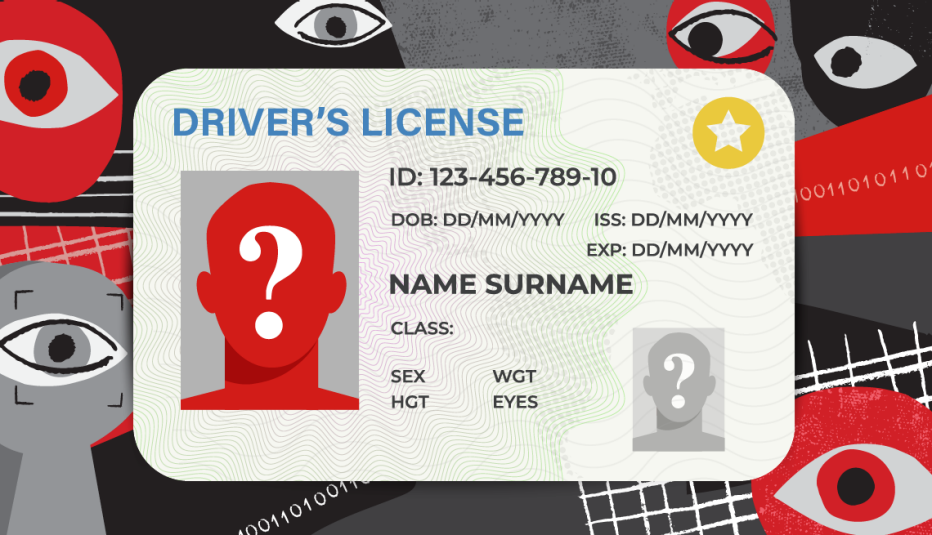AARP Hearing Center
The challenges of fraud in America are in plain sight: Rarely does a day go by when each of us doesn’t receive an illegal email, phone call or text that aims to steal from us. The nation’s annual fraud statistics are mind-numbing: billions of dollars lost by consumers, trillions of fraudulent calls and texts to our phones.
Less obvious are the efforts going on behind the scenes to fight what is arguably the biggest crime wave of all time. But in a wide range of interviews, we discovered a robust mix of activity focused on reducing the threats of fraud for all older Americans. Here are just a few scenes from the front.

State and local fraud-fighting initiatives
States play a dominant role in the war on fraud, and they are responding with aggressive new measures. Some examples:
New York in December passed a law to require retail stores that sell gift cards to display warnings to customers about prepaid card scams and instructions on what to do if they spot a scam.
New Jersey’s 2022 Stop the Fraud law requires retailers that sell gift cards to train employees to identify and respond to fraud.
In Wyoming, a measure signed into law by Gov. Mark Gordon (R) in February would allow banks and credit unions to put a five-day hold on a transaction they believe is part of a scam and report it to law enforcement.
On the enforcement side, Connecticut Attorney General William Tong (D) says that he and his peers in other states have been working in a “bipartisan, multistate” way to take on scams across their borders. One example: A coalition of 38 state attorneys general, working with the Federal Trade Commission, shut down a company called Associated Community Services that had used “billions” of automated robocalls to convince Americans to donate at least $110 million to fake charities.
Some cities and localities are also active in taking on scams. In the Greater Cleveland area, the Cuyahoga County Department of Consumer Affairs runs a “scam squad” that teaches people how to spot and avoid scams, says Sheryl Harris, the agency’s director.








































































